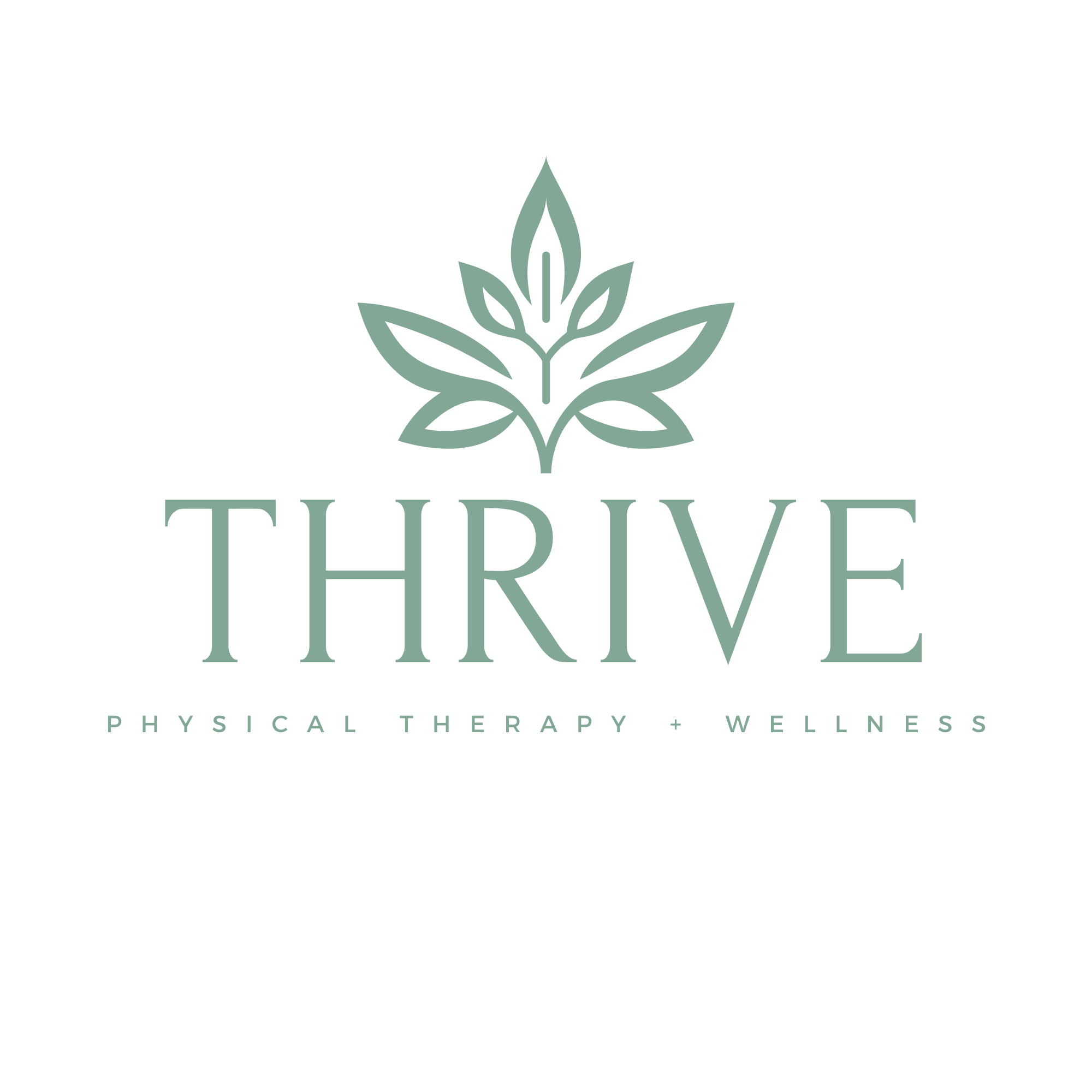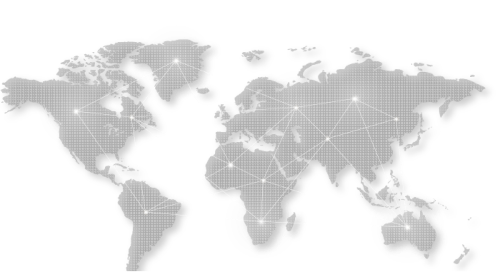
Chronic pain is more than just a physical sensation—it’s a shadow that stretches across your daily life, often making even the simplest tasks feel monumental. From the stiffness in your joints when you wake up, to the dull ache that settles in by afternoon, or the flare-ups that hijack your evenings, chronic pain doesn’t follow rules. It doesn’t wait for your schedule to free up or check if you have the energy to cope. And often, it doesn’t go away with just a pill.
That’s where physical therapy enters the conversation—not as a temporary fix, but as a long-term strategy. If you’ve been living with pain that lingers longer than it should, it’s time to shift the narrative. Physical therapy, especially at places like Thrive Physical Therapy, isn’t just about exercises or rehab after surgery. It’s about helping your body find a new rhythm. It’s about treating pain at its root while empowering you to take control of your life again.
Understanding Chronic Pain: It’s More Than “Just in Your Head”
First, let’s get one thing clear—chronic pain is real. It’s not just about injuries that don’t heal or muscles that feel sore. It’s about a nervous system that has become hypersensitive. Over time, pain signals may continue firing even after the original injury has healed. This can happen in cases like fibromyalgia, arthritis, lower back pain, or post-surgical discomfort.
What makes chronic pain so frustrating is how invisible it often is. People around you might not see it, and sometimes even medical treatments don’t fully address it. That’s because treating chronic pain requires more than painkillers or rest. It requires a multi-dimensional approach, one that includes movement, mindfulness, strength, and education—four pillars deeply rooted in physical therapy.
Why Movement Matters (Even When It Hurts)
When you’re in pain, the natural instinct is to protect that area—avoid movement, stay still, “let it heal.” But with chronic pain, that instinct often works against you. Immobility can lead to stiff joints, weakened muscles, and reduced blood flow—all of which make the pain worse. That’s where guided, strategic movement becomes a game-changer.
Physical therapists at Thrive Physical Therapy are trained to design movement programs tailored to your condition and tolerance level. These aren’t generic stretches or online workout routines. These are intentional exercises aimed at improving circulation, lubricating joints, retraining your muscles, and gently reminding your nervous system that movement is safe again.
You don’t have to run a marathon. In fact, it might begin with something as subtle as stretching your back in a certain way, or walking with a different posture. Over time, these small adjustments compound into something remarkable—less pain, more strength, and greater confidence in your body.
Muscle Memory and Neuroplasticity: Your Brain Can Learn Better Patterns
\Your brain has an incredible capacity to learn—and unlearn. This process, known as neuroplasticity, is central to how physical therapy helps with chronic pain. When your brain repeatedly receives pain signals from a certain part of the body, it becomes “trained” to expect pain there. That expectation can become self-fulfilling.
But just like bad habits can be broken, pain patterns can be interrupted. A skilled physical therapist works not just on the muscle or joint involved but also on retraining your brain to experience movement without fear. This includes balance work, posture retraining, coordination drills, and desensitization techniques that help your nervous system “recalibrate.”
It’s not magic—it’s science. And it’s remarkably effective when done consistently with a therapist who understands how to blend physiology with psychology.
Breaking the Pain Cycle with Manual Therapy
Some people assume physical therapy is all about workouts. But one of the most powerful aspects of PT—especially at Thrive—is manual therapy. This hands-on approach allows therapists to manipulate soft tissue, improve joint mobility, release muscle knots, and increase blood flow to areas that have become stagnant.
Think of it as hitting the reset button on a part of your body that’s been stuck. Manual therapy can calm an overactive nervous system, loosen stubborn tissues, and create space for your body to move in healthier ways. For many patients, this is the first time in months—or even years—they feel true relief.
But the beauty of manual therapy isn’t just in the momentary comfort it provides. It opens the door for more effective exercise, better alignment, and reduced compensatory movements. That means you’re not just feeling better—you’re actually getting better.
Educating the Body, Empowering the Mind
One of the most overlooked benefits of physical therapy is education. Not the kind you get from a textbook, but the kind that helps you understand your body in a completely new way. At Thrive Physical Therapy, therapists don’t just give instructions—they explain why certain movements help, how your posture is affecting your pain, and what strategies you can use at home to maintain progress.
Pain is scary. It can make you feel helpless. But knowledge is power. When you begin to understand your triggers, your thresholds, and your body’s potential, the fear begins to loosen its grip. Suddenly, you’re no longer bracing for pain at every turn—you’re navigating it with a map, a plan, and a guide who knows the terrain.
The Role of Consistency and Patience in Healing
Here’s the truth that doesn’t get enough airtime: physical therapy isn’t a quick fix. It’s not a magic pill or a one-and-done session. But healing from chronic pain rarely is. The path is gradual. It takes consistency, collaboration, and a lot of patience—not just from you, but from your therapist as well.
Thrive Physical Therapy takes this to heart. Their approach isn’t about getting you in and out in 15 minutes with a standard routine. It’s about building a relationship, tracking your progress, adjusting the plan as needed, and supporting you through setbacks. Chronic pain journeys have good days and bad days. What matters most is having someone in your corner who’s invested in your success for the long haul.
And when the wins come—even small ones—they feel massive. Being able to sleep through the night. Taking a walk without pain. Playing with your kids. These are the victories that physical therapy makes possible.
Emotional Resilience Through Movement
We often separate physical and emotional health, but chronic pain blurs those lines quickly. Depression, anxiety, frustration—they all creep in when pain becomes part of your daily narrative. What physical therapy offers is not just physical improvement but emotional resilience.
When you move with more ease, you feel more capable. When your body starts cooperating, your mind gets a boost. When pain no longer rules your life, you begin to reclaim your identity. You’re not just “the person with back pain” anymore. You’re active. You’re engaged. You’re hopeful.
Physical therapy gives you that spark. And in many cases, it can work alongside other forms of therapy—like cognitive behavioral therapy or mindfulness-based approaches—to provide a comprehensive, whole-body healing process.

Real People, Real Results
Every patient’s story is different. Some come in after years of discomfort, others after a recent flare-up. Some have tried everything under the sun—medications, surgeries, alternative therapies—before finally finding what works. And for many of them, physical therapy is the first approach that treats them like a whole person rather than a collection of symptoms.
At Thrive Physical Therapy, those stories are what fuel their mission. They understand that behind every diagnosis is a person trying to get their life back. They don’t see pain as a fixed label. They see it as a puzzle to be solved—collaboratively, patiently, and creatively.
Patients talk about feeling heard. About finally having someone listen to how the pain shows up, when it gets worse, and what they want their life to look like after therapy. That level of individualized care is what sets Thrive apart. They don’t just treat pain. They treat you.
‘Suggested Reading: Chronic Pain Management: Physical Therapy vs. Medication
Conclusion: Healing is Possible—And You Don’t Have to Do It Alone
If you’ve been living with chronic pain, it can feel like your world is shrinking. Plans get canceled. Goals get postponed. And over time, your sense of self begins to erode under the weight of daily discomfort. But it doesn’t have to stay that way.
Physical therapy offers more than relief—it offers possibility. The possibility that your body can be strong again. That your days can be filled with movement instead of limitations. That your life can expand, not shrink.
It’s not about ignoring your pain or pushing through it recklessly. It’s about understanding it, working with it, and gradually, day by day, rising above it.
If you’re ready to begin that journey—not just to treat your pain, but to transform your relationship with your body—Thrive Physical Therapy is ready to walk beside you. With a personalized approach, compassionate care, and a deep commitment to your long-term wellness, they’re not just helping you manage pain—they’re helping you rewrite the story of your life.
To learn more or schedule your first step toward healing, visit https://thriveptclinic.com/. It might just be the beginning of everything you’ve been hoping for.

